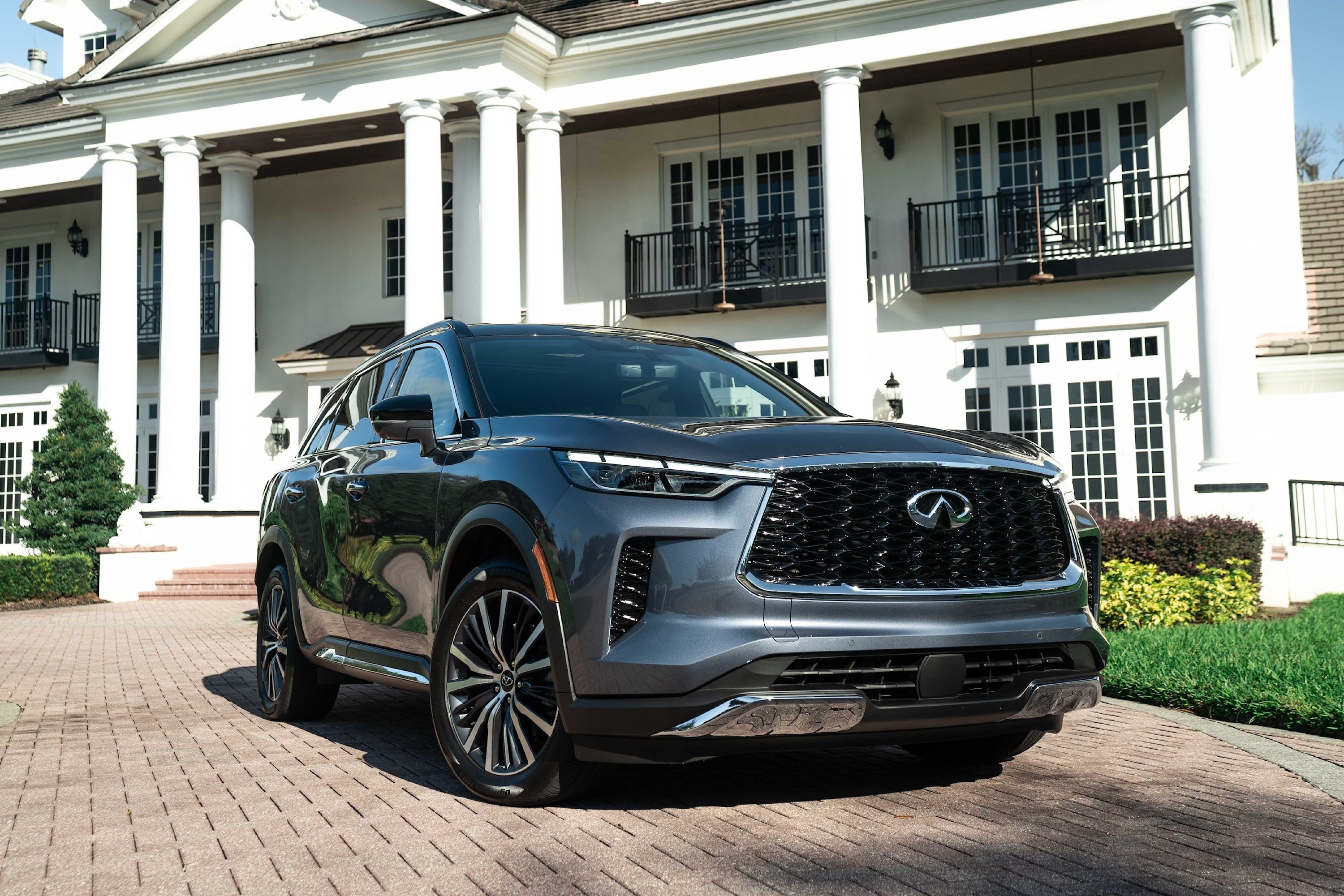
As cars grow more complex with each passing year, accumulating ever more available active driver assistance systems, it's worth taking a good, hard look at the empirical evidence to see which technologies work, and which ones don't. On that note, given the chance, you should absolutely consider opting for reverse automatic emergency braking; the Insurance Institute for Highway Safety (IIHS) has just labeled the technology the "standout feature" in this year's compilation of research from its own Highway Loss Data Institute (HLDI).
Just how effective is it? According to the data, cars equipped with reverse automatic emergency braking were involved in 10 percent fewer collision claims and a whopping 28 percent fewer property damage liability claims.
"We haven't seen that kind of reduction in claims for vehicle and other property damage from any other advanced driver assistance system," says Matt Moore, Senior VP at HLDI.
That makes a good deal of sense; low-speed reverse collisions with damages of less than $2,000 represented a full 17 percent of all collision claims from 2010 through 2017, according to HLDI data, totaling a whopping $8 billion. Granted, going by the amount of money saved, reverse automatic braking is likely a less impactful technology than some other active driver assistance systems; rarely during routine use do vehicles reach the sort of reverse speeds necessary to injure vehicle occupants or do major damage.
The first vehicle to offer automatic reverse braking in the US was the Infiniti QX60, back when it was named the "JX35", although the HLDI's research didn't include insurance claims involving that model - just GM vehicles from 2014 through 2015, and Subarus from 2015 through 2018.
Whether on a GM, Subaru, Infiniti, or some other make, reverse automatic braking always operates on the same principle, using radar or camera at the rear of the vehicle to watch for obstacles while backing up, and automatically applying the brakes should the vehicle get too close to hitting something. It's not a perfect system by any stretch, but it's one of just three standalone advanced driver assist systems to achieve a double-digit reduction in claim frequency, according to the HLDI's research. The other two are front automatic emergency braking and forward collision warning - all safer than current autonomous driving technology.
